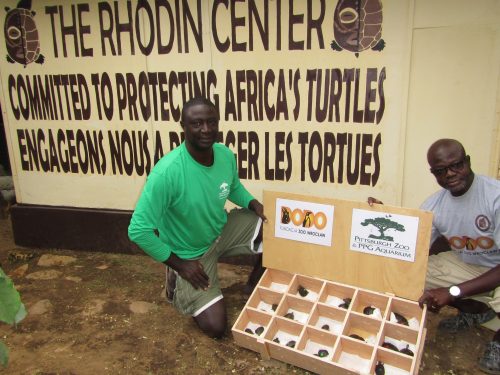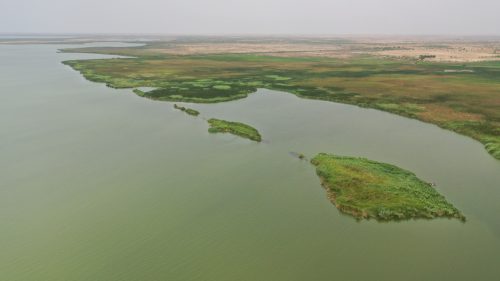Program Description
Tocc-Tocc is a community-managed wetland preserve protecting the habitat of Adanson’s mud turtle (Pelusios adansonii) and other wetland wildlife, including migratory birds, crocodiles, and the critically endangered African manatee. ACI initiated this protected area in 2002, now officially recognized in Senegal’s national park system.



